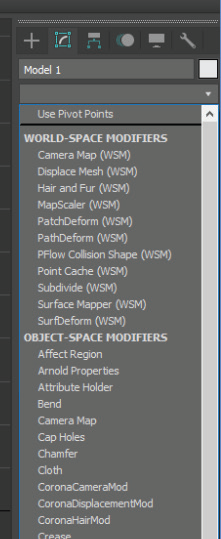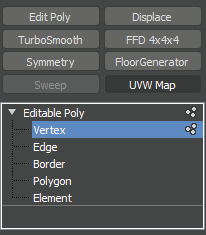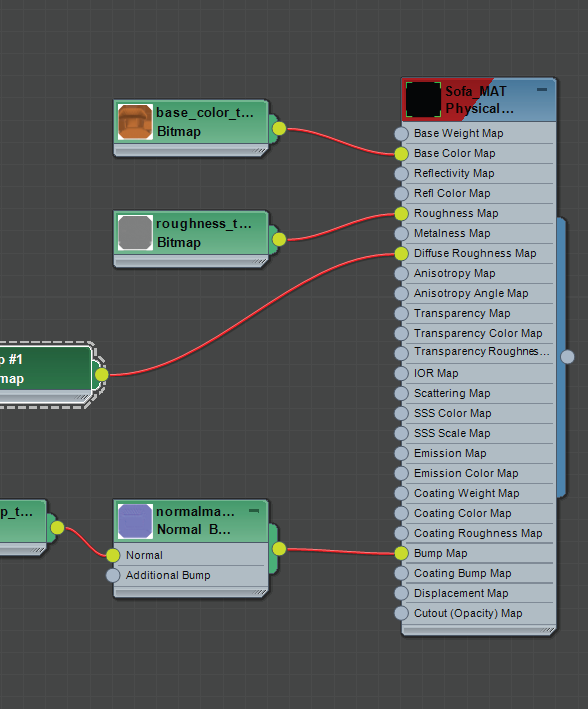3DS Max
The layers
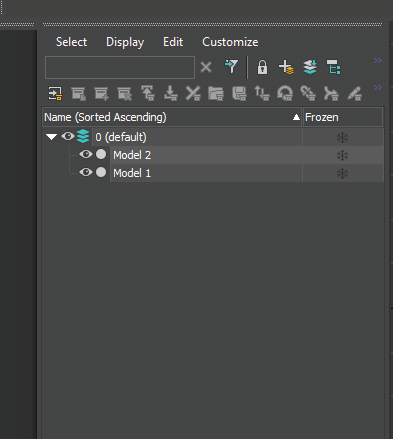
Check the model for correctness of its construction.
Make sure that the correct areas of the model have been joined and the surfaces are divided and grouped as intended.
Limit the number of model layers by dividing individual parts according to the assigned textures, or keep the model on one layer by dividing the texturing areas.
If you leave more than one layer in the model, make sure each layer has a different name.
Avoid sublayers to simplify structure.
Clean up the scene from duplicate and unnecessary objects
- points
- surface
- edges
- curves
- lights
- cameras etc.

Model
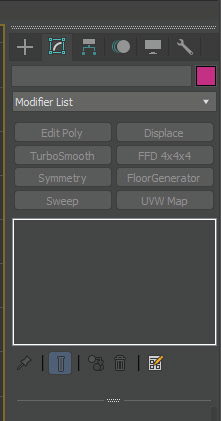
Join the vertexes and check the orientation of all surfaces.
Activate applied model modifications and transformations.
Check the position of the model in space and the direction of the normals.
Check scales and units.
Keep the correct geometry structure and number of its components.
Check that the scene does not contain any hidden elements.

Textures
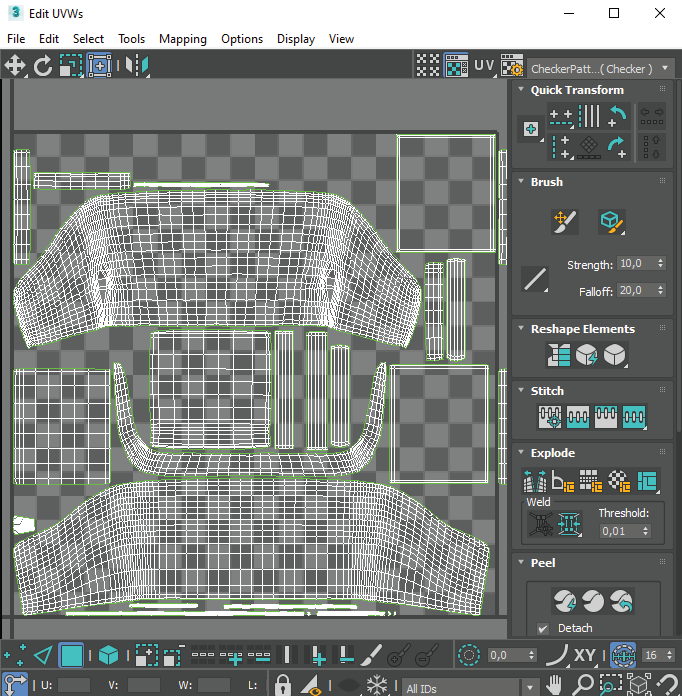
The object should contain only one UV Map from each used space of the material, i.e.
- color
- ambient occlusion
- roughness
- normal
- metallic
- specular
- glossiness
Make sure the model has surfaces properly mapped.
Make sure all textures display properly.
Remember to use good quality textures, but we recommend using textures not exceeding 2k resolution.

Export
Set the time of the animation and check its smoothness in the preview.
Remove unnecessary objects from the export and save only those that remain selected.
Check dimensions and scale again during animation and object coordinates.
Save your .max file and upload it to See My Model.
